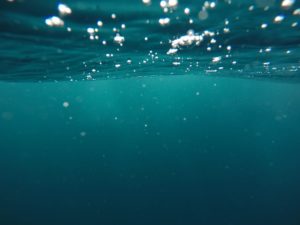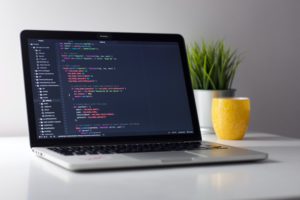How to understand plankton biodiversity and why does it matter?
Biodiversity determines ecosystem functions like primary production and carbon cycling. We’ve seen that in many studies on land and with benthic communities.

And how about plankton, these tiny ocean drifters that fill our oceans with life and facilitate about half of our planet’s primary production? Here, we know a lot less, because plankton is much more difficult to observe. Using field observations, laboratory experiments and modelling, ocean researchers aim to understand
- the paradox of the plankton: why so many plankton species coexist on seemingly few resources
- how communities and food webs develop and ultimately affect ocean plants and animals meaningful to us
- what drives ocean ecosystem functioning, from primary production and carbon cycling up to top predators and fisheries
… and many more questions.

Plankton models are almost as diverse as the plankton – almost. In MODIV, a team of scientists specialising in different modelling and statistical approaches, we want to provide guidance on
- which plankton modelling approach to use for which types of questions and applications
- where available models do well, and where we can improve them
- which types of data each modelling approach requires
Betweeen 2019 and 2022 we have been working on these topics. The results have been synthesized in a peer-reviewed publication, which can be found here. While we do not continue to meet as a group, feel free to contact individual members with any questions that you might have.
